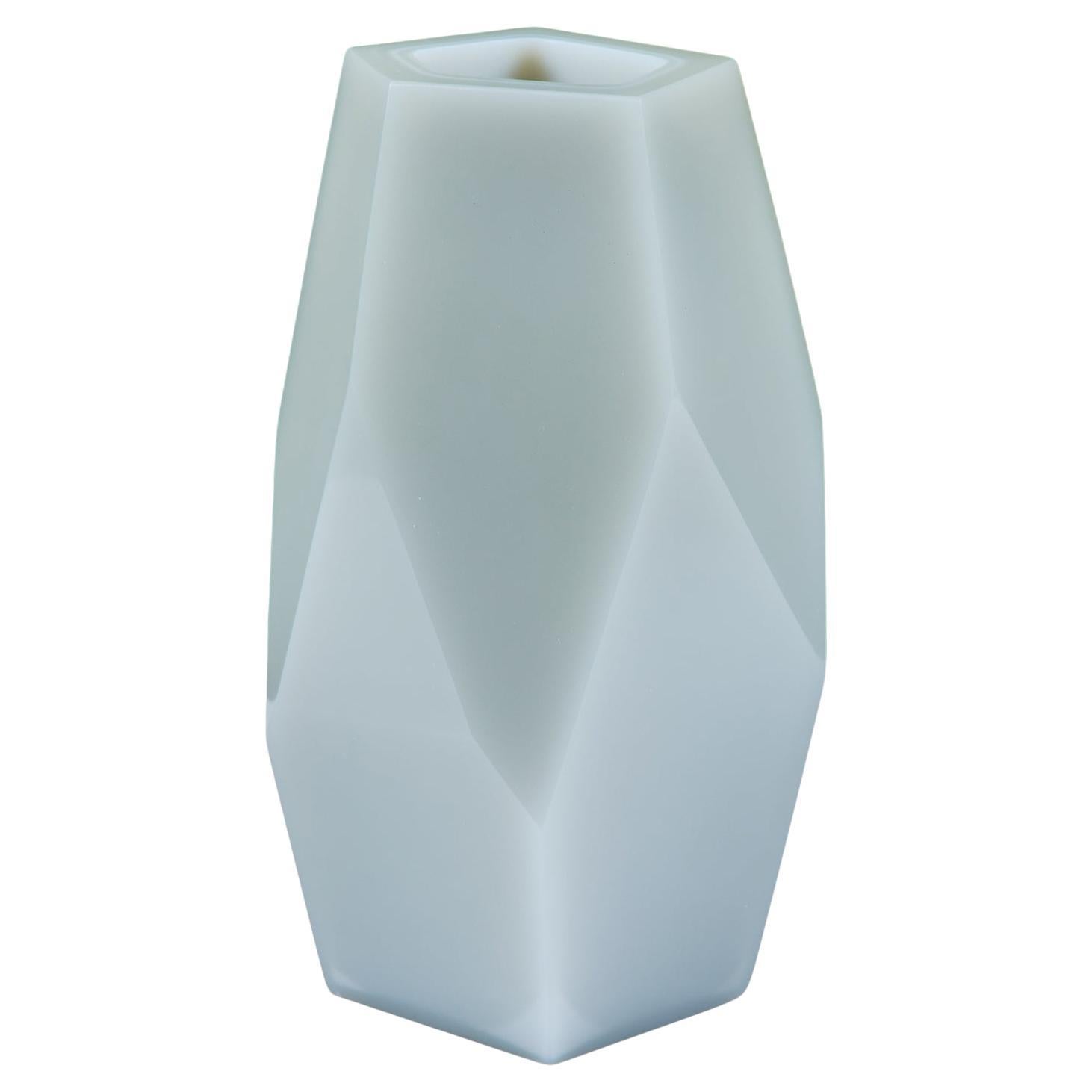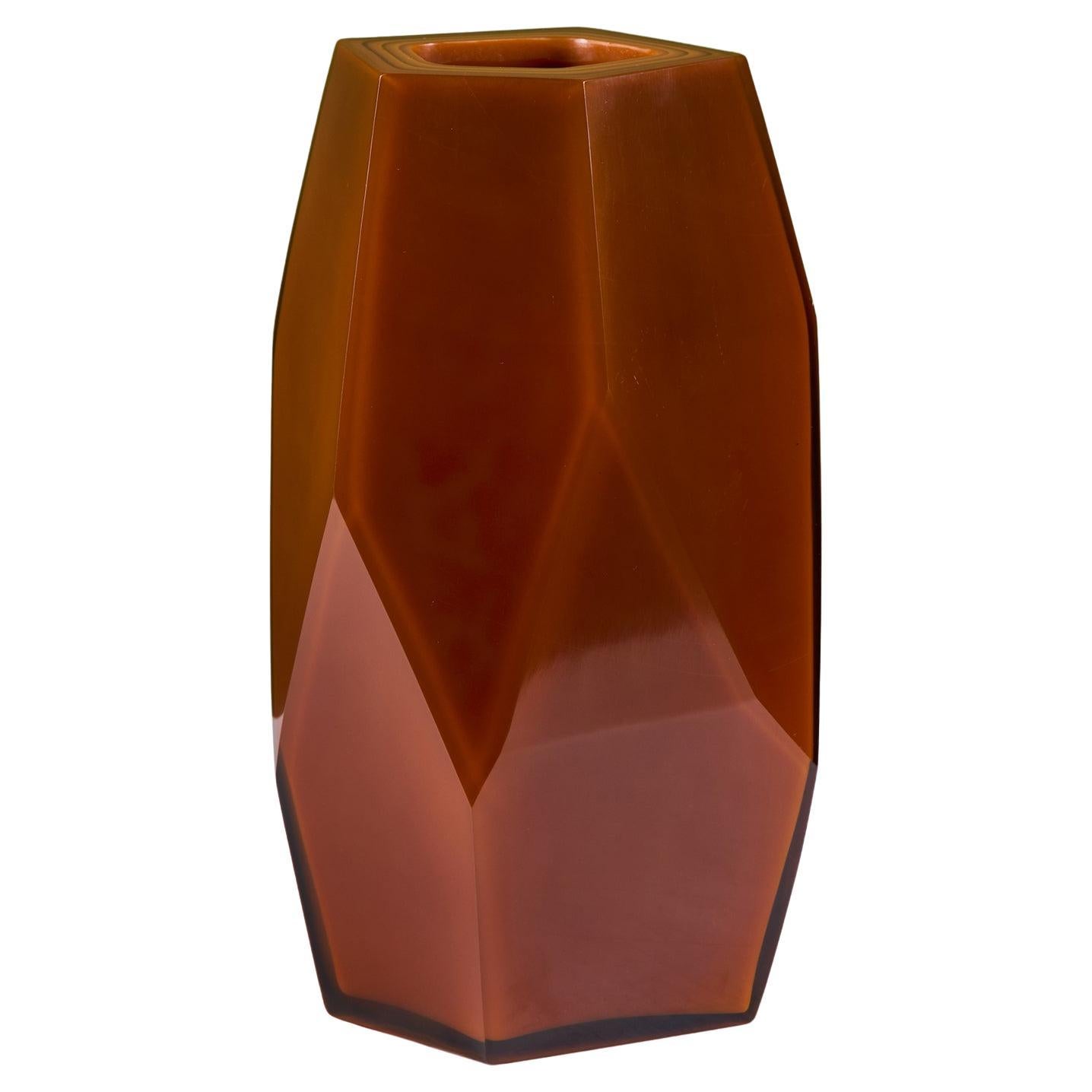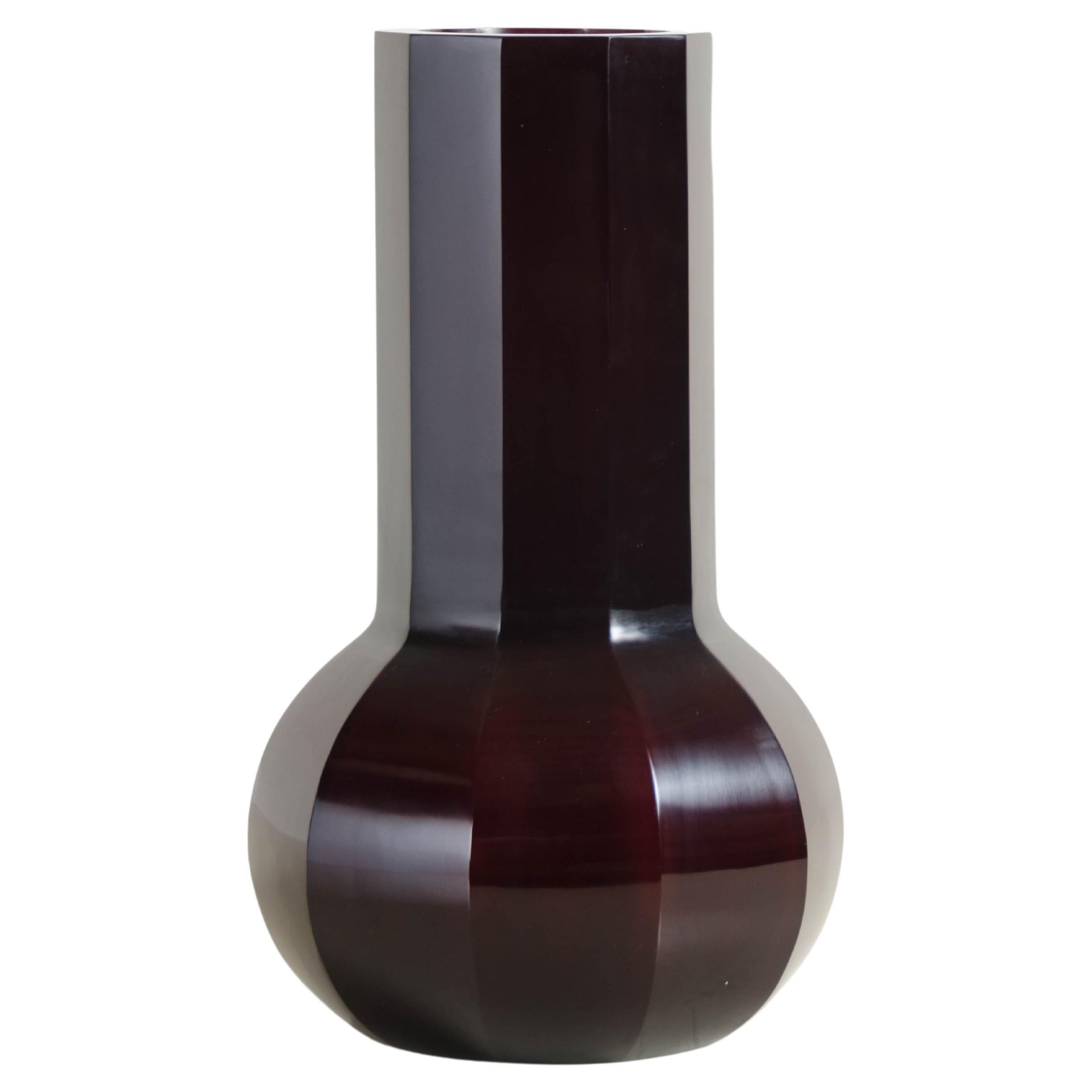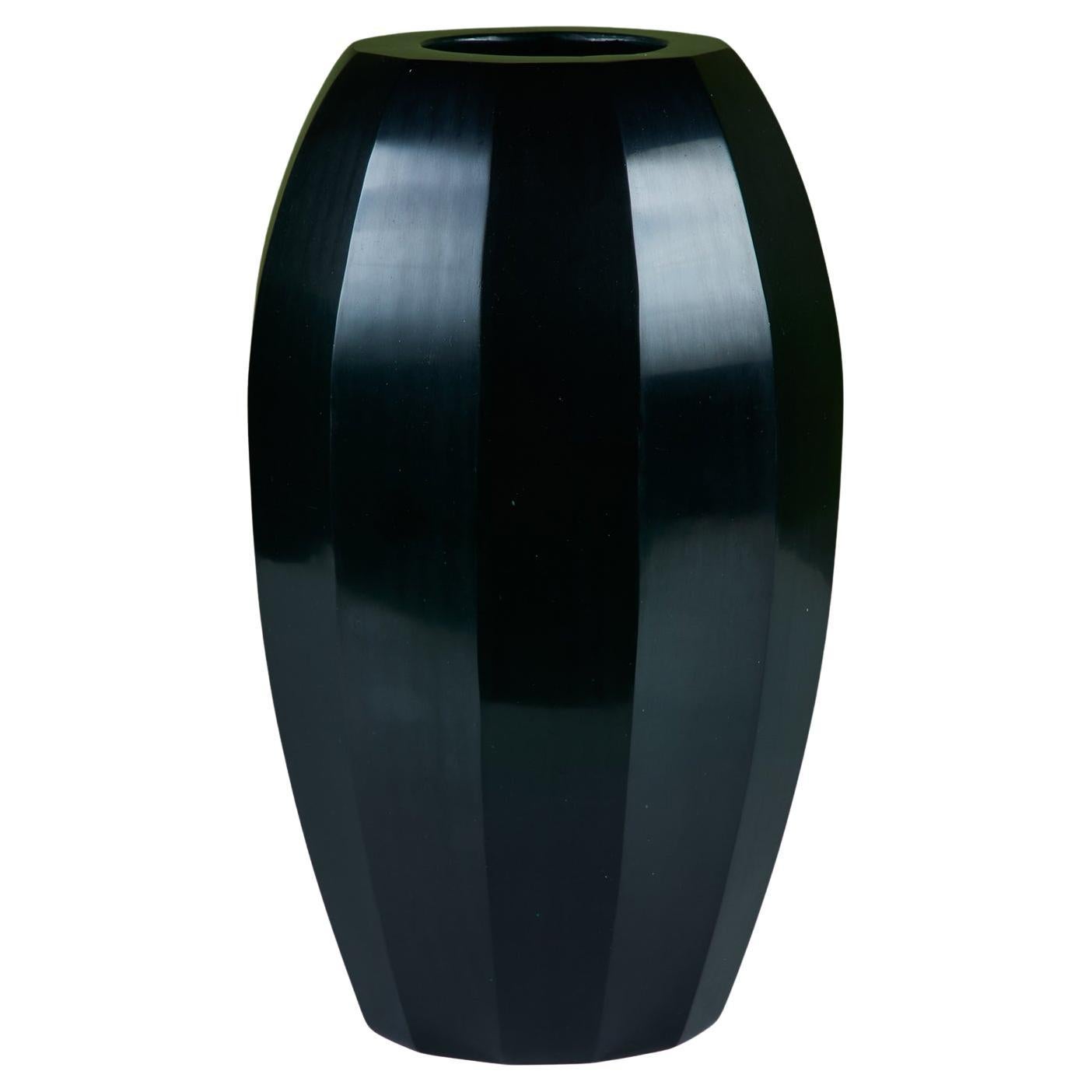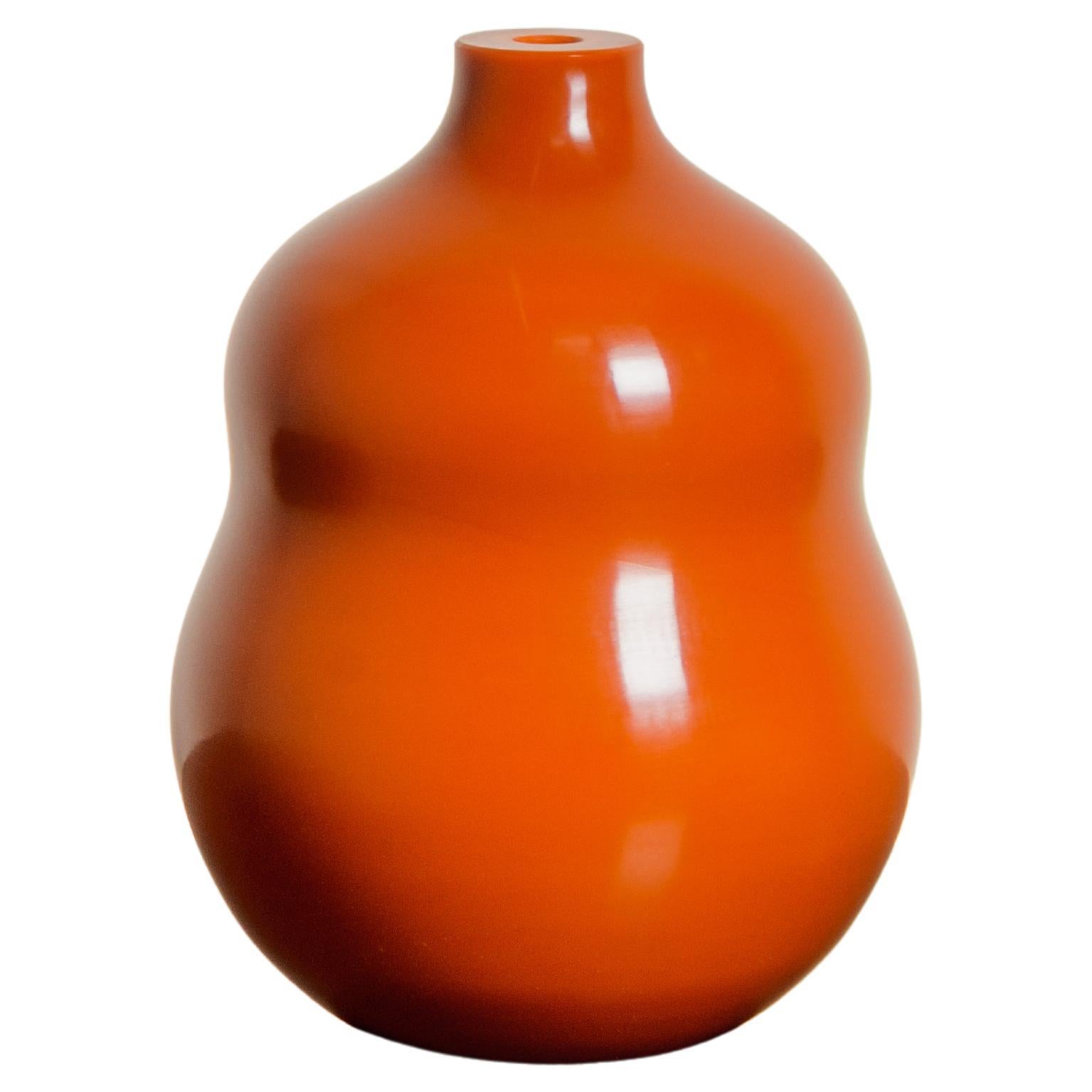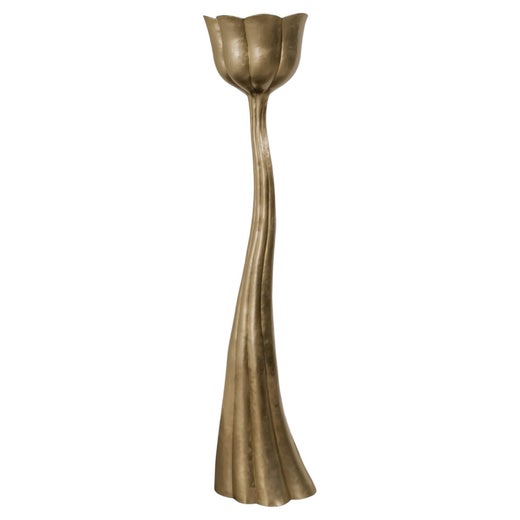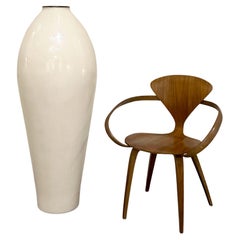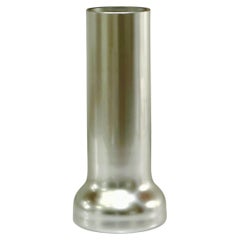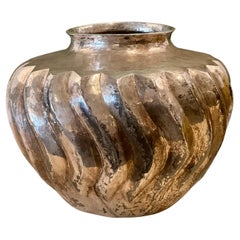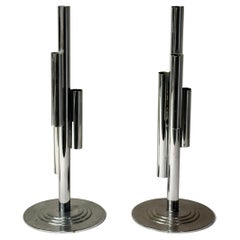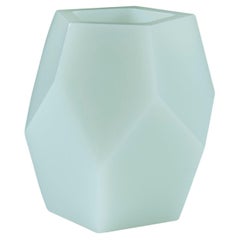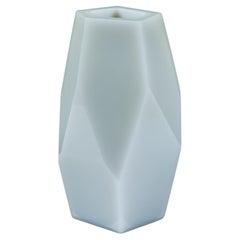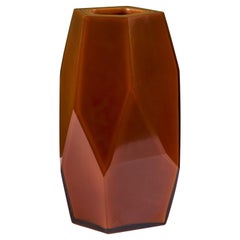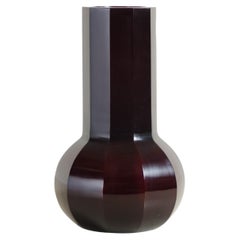Robert Kuo Signed Faceted Imperial Yellow Peking Glass Vase and Ball, ca 2000s
About the Item
- Creator:Robert Kuo (Maker, Designer)
- Dimensions:Height: 14 in (35.56 cm)Diameter: 8 in (20.32 cm)
- Sold As:Set of 2
- Style:Modern (Of the Period)
- Materials and Techniques:
- Place of Origin:
- Period:
- Date of Manufacture:Circa 2000s
- Condition:Wear consistent with age and use. There is the tiniest flake on the edge of the ball that is not noticeable to the casual eye. You can see this in the closeup detail image of the ball near the signature.
- Seller Location:Cathedral City, CA
- Reference Number:Seller: KC 2411stDibs: LU8352245046302
Robert Kuo
Chinese artist and designer Robert Kuo is known worldwide for his modern furniture and objets d’art that merge ancient tradition and popular decorative styles such as Art Deco and Art Nouveau.
Born in Beijing, Kuo moved with his family to Taiwan in 1947. While he never received a formal art education, Kuo gained technical expertise working as an apprentice at his father’s cloisonné workshop from the age of 15.
In 1973, Kuo emigrated to the U.S. and opened his own cloisonné studio in Beverly Hills, California. There, he utilized the time-honored skills he learned with his father for a wide range of uniquely striking vases, sculptures and bowls. His Goldfish bowl — a technical masterpiece of vibrant colors and cloisonné designs that appear to float against a black enamel background — was acquired by the Smithsonian’s Arthur M. Sackler Gallery for its permanent collection.
In 1984, Kuo opened a showroom in West Hollywood, where it became a favorite among interior designers for the sculptural and often whimsical coffee tables, stools and table lamps on offer. A year later, Kuo shifted his attention toward repoussé — a technique that sees decorative reliefs hammered onto the surface of metals. Examples of Kuo’s repoussé pieces include his black lacquer Cloud chair and Oval coffee table in antique copper.
In 2014, a retrospective exhibition celebrating Kuo’s 30th anniversary as a designer was held at the Pacific Design Center in Los Angeles and his New York studio. In 2016, he also hosted an exhibition in his New York studio titled “Robert Kuo Selects: Los Angeles Studio Made, Found and Represented Artists,” showcasing his works as well as pieces by prominent L.A. designers Blackman Cruz, Dana John and JF Chen. In 2019, Italian artist Mattia Biagi’s L.A. exhibition “Metropolitan Sets” included Kuo’s Back Rest chair and brass Facet Seat.
Today, Kuo’s works can be seen at the National History Museum in Taipei, Singapore Ritz-Carlton, San Francisco’s Hotel Palomar, the Las Vegas MGM Grand and the Four Seasons in New York.
On 1stDibs, find a range of vintage Robert Kuo decorative objects, seating, lighting and more.
- ShippingRetrieving quote...Shipping from: Cathedral City, CA
- Return Policy
More From This Seller
View All21st Century and Contemporary American Modern Vases
Metal, Copper, Enamel
1990s German Minimalist Vases
Blown Glass
Late 20th Century Mexican Modern Vases
Silver Plate, Metal
Early 20th Century American Art Deco Vases
Metal, Steel, Chrome
21st Century and Contemporary American Brutalist Animal Sculptures
Metal
Mid-20th Century Japanese Organic Modern Vases
Iron
You May Also Like
Early 2000s American Modern Vases
Glass, Art Glass
Early 2000s American Modern Vases
Glass, Art Glass
Early 2000s American Modern Vases
Glass, Art Glass
2010s Vases
Glass, Blown Glass
Early 2000s American Modern Vases
Glass, Art Glass
2010s Modern Vases
Glass, Blown Glass

